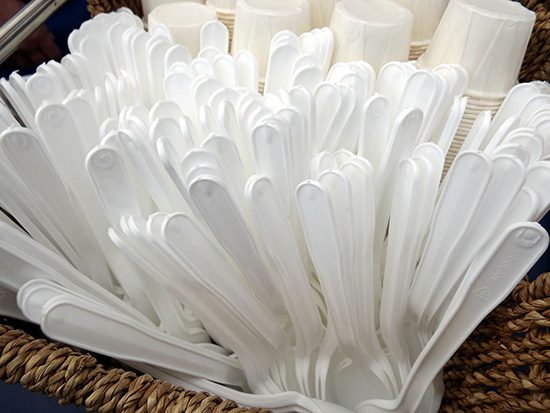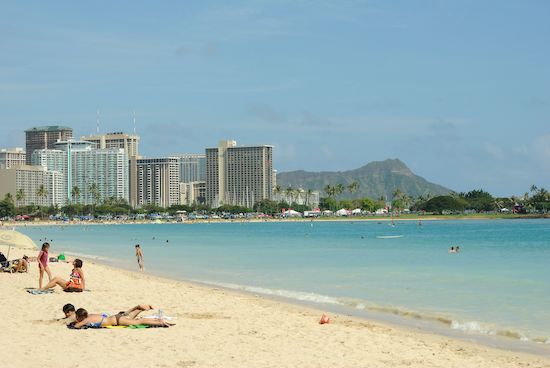 6ft Annual Hawaii Sustainability in Higher Education Summit
6ft Annual Hawaii Sustainability in Higher Education Summit
The early morning flight on Feb. 8 from Honolulu to Kona was packed with UH faculty, administrators, students and staff heading to the two-day 6th Annual UH Sustainability Summit.
Every year, these summits serve as opportunities to learn, reflect and re-engage with the important work of making the UH System a leader in sustainability for the State of Hawai‘i. It was at my first summit, four years ago, that the UH Sustainability Policy was ratified, providing direction for similar campus policies across the system.
The focus of this summit was sustainability curriculum, which is central to the purpose of higher education. Recently, most campuses in the UH System have sustainability or S-designated courses, and many are working on developing academic subject certificates. But because sustainability requires knowledge of so many different disciplines, this initiative has to be interdisciplinary in nature, reflected in the diversity of WCC participants at the summit from English and social sciences to Hawaiian Studies.
The summit started out at the Natural Energy Laboratory of Hawai‘i Authority (NELHA) where they are working to understand Ocean Thermal Energy Conversion, a process that generates energy from cold seawater from the deep ocean nearby.
The summit then moved to a LEED Platinum-certified building at Hawai‘i Community College’s Palamanui campus. There, we ate a lunch almost entirely locally-sourced and then hiked into nearby native dry-land forests with 100-year-old wiliwili trees.
The conference locations, food and excursions demonstrated how to teach sustainability in a hands-on, practical and engaged way. We saw, ate and pulled weeds rather than just heard about sustainability teaching.
The second day of the conference at the UH-Hilo campus highlighted the other major theme of teaching about sustainability in Hawai‘i: It must engage with indigenous Hawaiian perspectives and knowledge.
A panel discussion with Native Hawaiians who work to manage native forests, restore fishponds and connect with the environment through chant and dance showed the diverse ways that traditional and contemporary knowledge and resource management practices must inform our teaching about sustainability. These connections engage students and our local communities in solving contemporary problems.
At Windward Community College, we are working to implement some of the ideas from the summit. This semester, there are Mālama ‘Āina days, where a number of different classes are working with community organizations to restore loʻi, fishponds, and heiau as part of their curricula.
The Hawaiian Studies department is working to designate a number of courses as S-designated courses, highlighting the important work they were already doing in this area.
Finally, the Sustainability Curriculum Committee is working to create an Academic Subject Certificate in Sustainability, providing recognition for students who take S-designated courses.
All of these efforts combine with the UH System’s goals to train future leaders in Hawai‘i to thrive in the complicated, polluted and interdependent world they will inherit.
by Christian Palmer



 6ft Annual Hawaii Sustainability in Higher Education Summit
6ft Annual Hawaii Sustainability in Higher Education Summit

